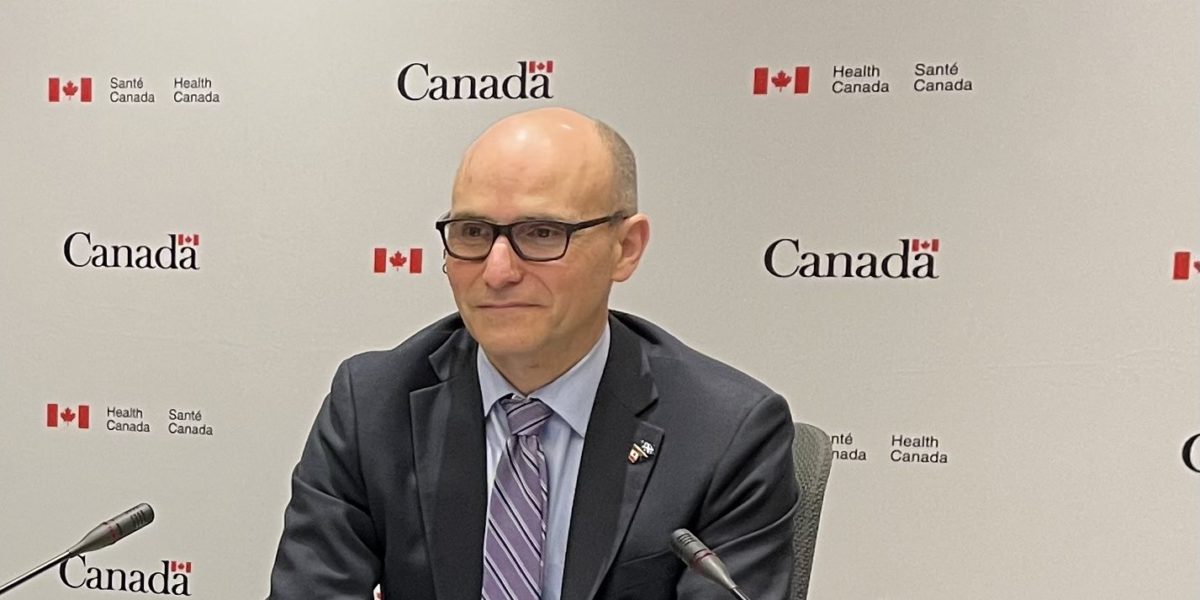The health care you receive depends on your postal code. Despite government-funded health care across the country, each province and territory has a different insurance plan.
For example, dental care is provided by the federal government to military personnel, those with recognized Indigenous status, veterans, federal prisoners, refugees and members of the RCMP. But dental care is not covered by the provinces and territories for other people, unless it is carried out in a hospital, usually for emergency purposes arising from accidents or injuries.
There are exceptions to this rule. Quebec provides dental services to children under the age of 10, although the list of services is not comprehensive. In most other jurisdictions, a limited range of dental services is provided on a means-tested basis and for specific populations.
The Canadian Association of Public Health Dentistry reports:
“In Canada, general oral health care is not included in the Canada Health Act (CHA). Most Canadians receive oral health care through privately operated dental clinics and pay for services through insurance or by paying for it themselves.”
Similar inconsistencies exist concerning autism treatment, cancer drugs and highly specialized surgical procedures, among others. Why? Provincial and territorial governments negotiate with the federal government for health-care funding which covers only a proportion (in the 30 per cent range) of overall government health-care costs. But once the funds are transferred, the individual ministries of health have discretion over the services covered, beyond the five principles of the Canada Health Act:
- The principle of universality — public health-care insurance must be provided to all Canadians;
- The principle of comprehensiveness — medically necessary hospital and doctor services are covered by public health-care insurance;
- The principle of accessibility — financial or other barriers to the provision of publicly funded health services are discouraged, so that health services are available to all Canadians when they need them;
- The principle of portability — all Canadians are covered under public health-care insurance, even when they travel within Canada and internationally or move from one province to another;
- The principle of public administration — provincial and territorial health-care insurance plans must be managed by a public agency on a not-for-profit basis.
Why don’t all jurisdictions provide the same health-care services? The simple answer is that provinces and territories have significant differences in their demographics. The age of the population, their health habits (such as diet, smoking, alcohol consumption, exercise), the proportion of different cultural groups and the incidence of geographic-related diseases (from environmental and occupational factors) affect the overall health needs of the population. These factors guide the priorities of the government health plans to serve their populations.
We frequently forget that the provincial and territorial health plans are insurers; they are not providers of health care. And, as with any insurance policy, there are different coverages.
Similar considerations explain some of the reasons why where you live determines the local handling of the COVID outbreak. It is well-known that at the beginning of the pandemic, it was the frail elderly in congregate settings who were the first cases requiring in-hospital and in-ICU treatment — and who died in disproportionate numbers.
Public health authorities in provinces with significant numbers of elderly residents were hardest hit. B.C. was the epicentre of the COVID breakdown at the very beginning. Ontario and Quebec followed, because by sheer size, they have large numbers of people in long-term care homes and other care institutions for the elderly and health-compromised.
There will be many volumes written about the state of care in long-term care residences, particularly but not exclusively those which are privately owned and operated. But there is no question that the frail elderly shouldered the brunt of the early pandemic. In some provinces, this is still the case.
The pandemic also brought to light the role of the Public Health Agency of Canada, the individual provincial and territorial public health agencies and even municipal public health agencies. There was confusing and sometimes conflicting information provided. But in their defence, these agencies had not had very public profiles (an irony for agencies with “public” in their titles) and there was no clear protocol about how much discretion was available to the agencies at the various levels.
Sometimes, politicians listened carefully to these experts. Other times, politicians listened to the many and varied infectious disease specialists, panels and groups for advice. And some times, it seemed that politicians ignored all such advice.
Again, there did not appear to be a clear-cut chain of command for COVID-related decisions. Some regions took serious control early on, for example, the creation of the bubble of New Brunswick, Nova Scotia and PEI and the closure of communities in the North to outsiders. Other parts of the country, like Manitoba and Saskatchewan, were late to impose restrictions. Still other jurisdictions, like Alberta, changed directions several times.
And this was before vaccinations were available. Once shots were approved in Canada, the jurisdictions applied different criteria to eligibility. When B.C. announced it would delay second shots beyond the recommended interval in order to give first shots to more people, Bonnie Henry, the province’s head of public health, was roundly and soundly criticized. A few days later, the rest of the country did an about-face and followed her lead. Evidence has since shown that Henry’s decision made a significant positive difference in Canada’s ability to contain the virus.
Now that third shots are available, no doubt each jurisdiction will once more establish its own criteria for eligibility, reflecting local demographics and disease incidence and severity. At this point in the pandemic, provinces and territories are far from consistent in the handling of restrictions and cases. Nor are there common guidelines on how and when to lift remaining public health measures and recommendations.
There is no one-size-fits-all approach to COVID-19 in a country as large and diverse as Canada. Perhaps this is a wake-up call to better prepare for the next pandemic. There will be another one.




